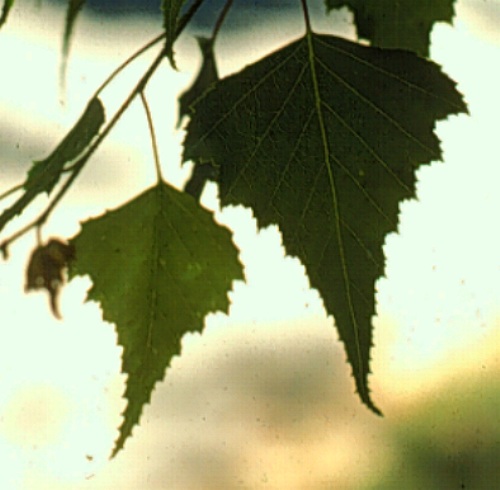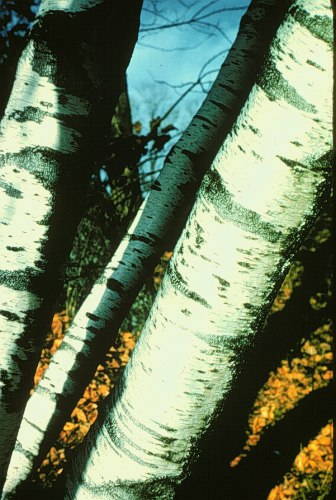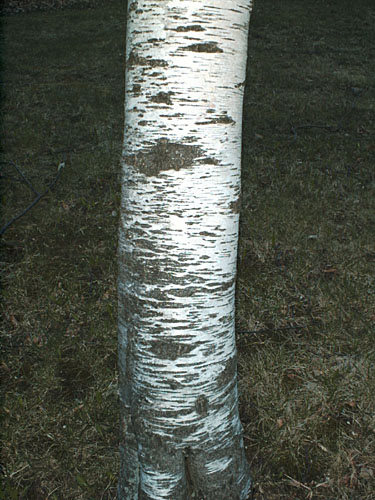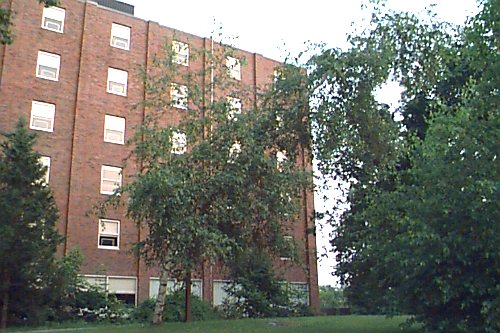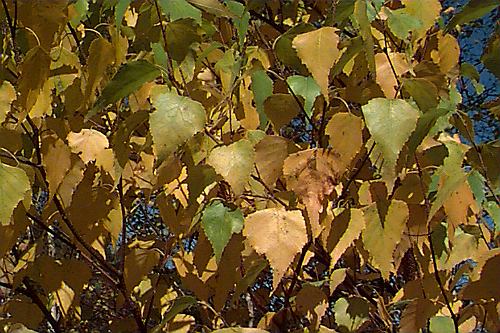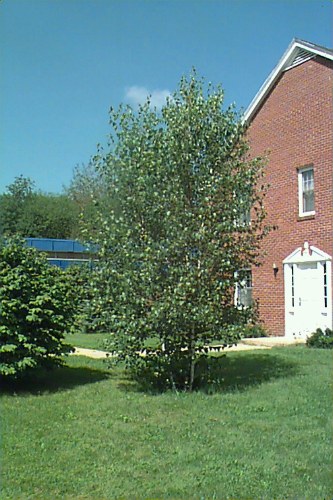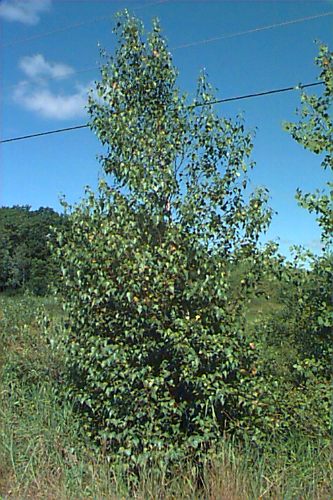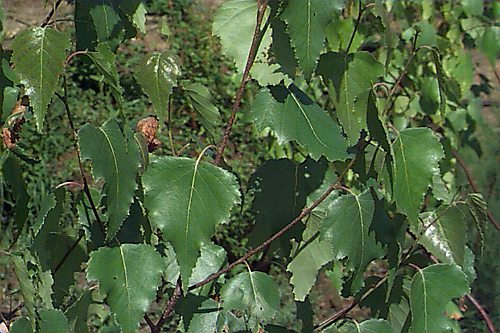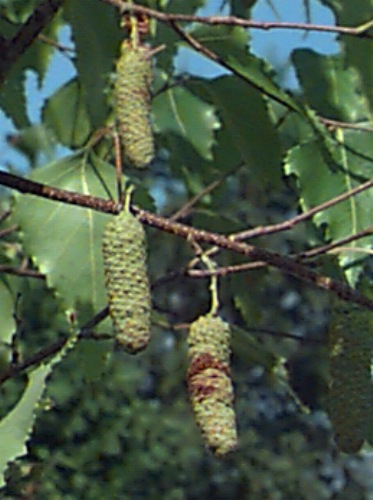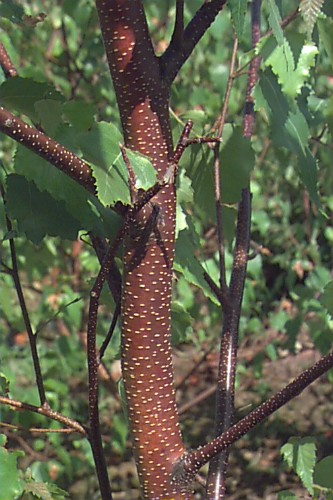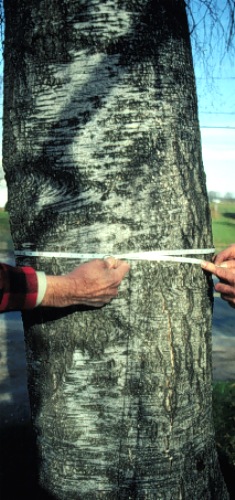Betula populifolia
Gray Birch, Old Field Birch
Betulaceae
ExpandHabitat
- native to northeastern United States and northeastern Canada
- zone 3
- common on poor, sandy soils
- an early colonizer of poor sites, road cuts, burned areas.
Habit and Form
- deciduous small to medium tree
- 20' to 40' tall with only a 10' to 20' spread
- narrow conical crown
- grows rapidly
- often multiple stemmed and used as a "clump" birch
- fine texture
Summer Foliage
- alternate, simple leaves, 2" to 3.5" long leaves
- doubly serrate margins
- long acuminate tip on ovate or triangular leaf
- dark green and glabrous
- leafs out early
Autumn Foliage
- yellow
- generally showy
Flowers
- blooms in April, but catkins visible prior to bloom
- monoecious: male and female catkins
- male catkins 2" to 3.5" long; borne singly, rarely in twos
Fruit
- small nutlets held in cylindrical catkins, 0.75" to 1.25" long
Bark
- reddish brown, thin and smooth on young trunks
- chalky white with prominent black triangular patches at the base of each branch
- does not peel very readily
Culture
- very easy to grow
- tolerant of most soils, especially dry, gravely soils
- high pH soils should be avoided to prevent chlorosis
Landscape Use
- for poor soil sites
- difficult sites
- naturalized area
- where guide tree growth is needed
- conservation areas
- possible for bark, but better birches around
- somewhat resistant to bronze birch borer
Liabilities
- birch leaf miner is very disfiguring to the foliage and major limitation. It does not kill the plant however
- tends to be short lived
- very prone to being bent over or snapped off by ice storms of heavy snows
ID Features
- acuminate leaf tips
- black triangular patches on bark at branch bases
- conical in shape and small size
- severe leaf minor damage on leaves
Propagation
- by seed; cold or light will break dormancy
Cultivars/Varieties
- None of significance
